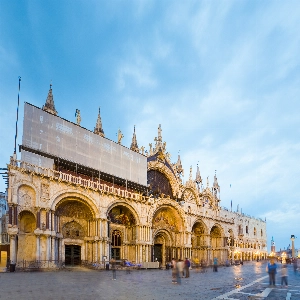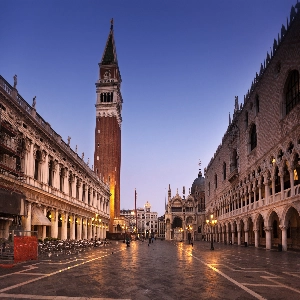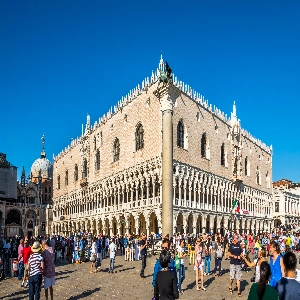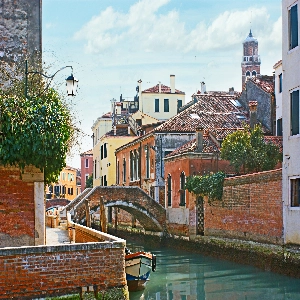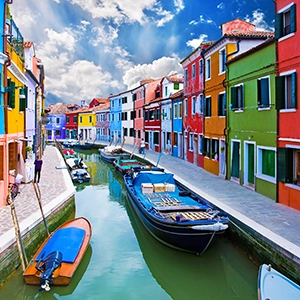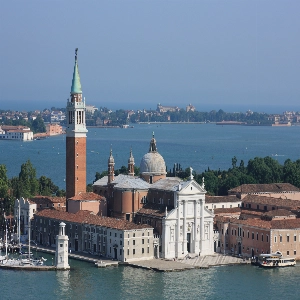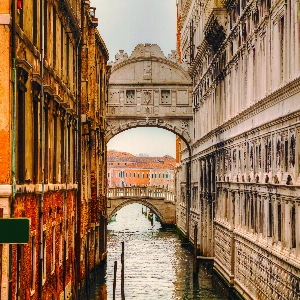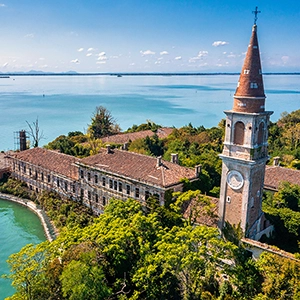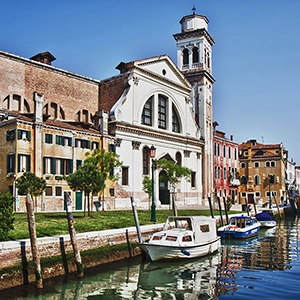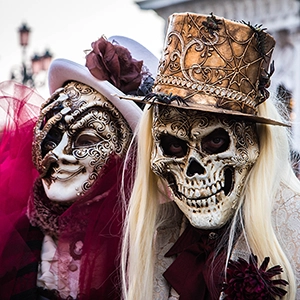Dominating The Venetian Skyline: Santa Maria Della Salute
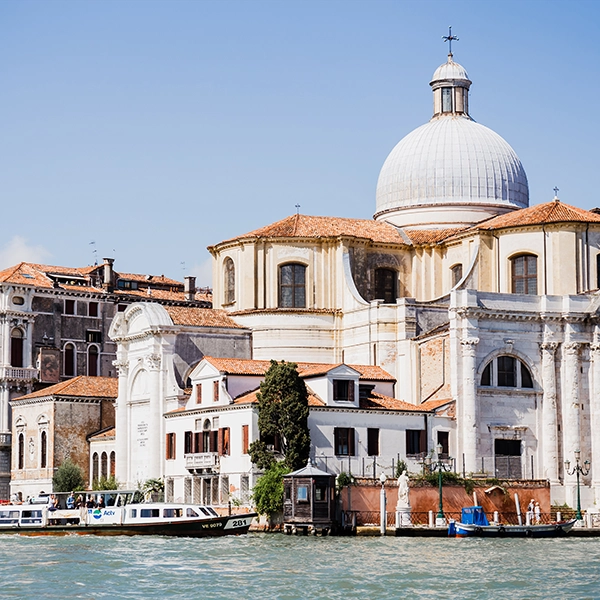
Like many of the churches and minor basilicas in Venice (and Italy), Santa Maria della Salute, more commonly called, just “Salute”, is a treasure trove of artworks by the likes of Titian and his mid-1500s Renaissance contemporaries; in the case of Salute, these are held and displayed in the sacristy.
The building itself, white and glittering in the sun at the edge of the Dorsoduro area of Venice, with huge, high domes and an abundance of statuary, was designed by Baldassare Longhena, also known for his work on synagogues. He created the space to be filled with light from the high clerestory, lightly tinted windows in the main dome, so it has a definite ethereal ambience. In order to build the structure, more than 100,000 pylons had to be sunk into the mudbanks where it was to be erected.
The church was created as a bargain with the Madonna. In the 1630s, the plague wiped out some 80,000 citizens of Venice, and Roman Catholic elders thought their only means of curtailing the carnage was to strike a deal with her ladyship. Whether it worked or if the plague just wound its way out naturally, there are still people who firmly believe that the black marble dot in the inlaid marble floor beneath the main dome exudes healing energy. That’s Salute’s claim to fame 400-odd years later.

